Cube
A cube is a three-dimensional shape that has six square faces, twelve straight edges, and eight vertices (corners). All the faces of a cube are congruent, which means they are all the same size and shape.
Properties of a Cube
- Faces: A cube has 6 faces, and all the faces are squares.
- Edges: A cube has 12 edges, and all the edges are of the same length.
- Vertices: A cube has 8 vertices or corners.
- Diagonals: The cube has 4 space diagonals, which are the line segments joining opposite vertices.
- Volume: The volume of a cube can be calculated using the formula: V = s^3, where s is the length of the side of the cube.
- Surface Area: The surface area of a cube can be calculated using the formula: A = 6s^2, where s is the length of the side of the cube.
Visualizing a Cube
When visualizing a cube, it's helpful to think of a standard six-sided die. Each face of the die is a square, and the edges and vertices are easily identifiable. This can help in understanding the properties of a cube.
Study Guide
Here are some key points to remember when studying cubes:
- Identify the number of faces, edges, and vertices in a cube.
- Understand the concept of congruent faces and edges in a cube.
- Practice calculating the volume and surface area of a cube using the given formulas.
- Visualize real-life objects that are shaped like cubes, such as dice or boxes.
- Explore the concept of space diagonals in a cube and how they connect opposite vertices.
Understanding the properties of a cube is essential in geometry and can help in solving various mathematical problems related to three-dimensional shapes.
.◂Math Worksheets and Study Guides First Grade. Ordinals
Study Guide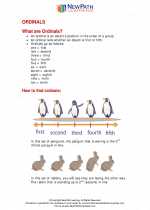 Ordinals
Ordinals  Activity Lesson
Activity Lesson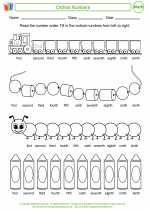 Ordinal Numbers
Ordinal Numbers  Worksheet/Answer key
Worksheet/Answer key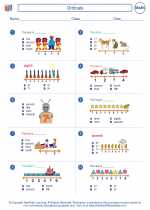 Ordinals
Ordinals  Worksheet/Answer key
Worksheet/Answer key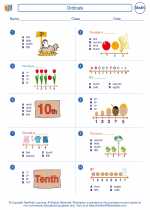 Ordinals
Ordinals  Worksheet/Answer key
Worksheet/Answer key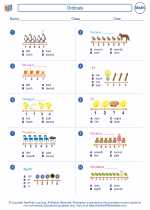 Ordinals
Ordinals  Vocabulary/Answer key
Vocabulary/Answer key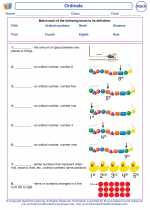 Ordinals
Ordinals  Vocabulary/Answer key
Vocabulary/Answer key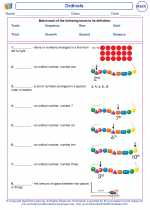 Ordinals
Ordinals 

 Activity Lesson
Activity Lesson
 Worksheet/Answer key
Worksheet/Answer key
 Worksheet/Answer key
Worksheet/Answer key
 Worksheet/Answer key
Worksheet/Answer key
 Vocabulary/Answer key
Vocabulary/Answer key
 Vocabulary/Answer key
Vocabulary/Answer key

The resources above cover the following skills:
Number and Operations (NCTM)
Understand numbers, ways of representing numbers, relationships among numbers, and number systems.
Develop understanding of the relative position and magnitude of whole numbers and of ordinal and cardinal numbers and their connections.